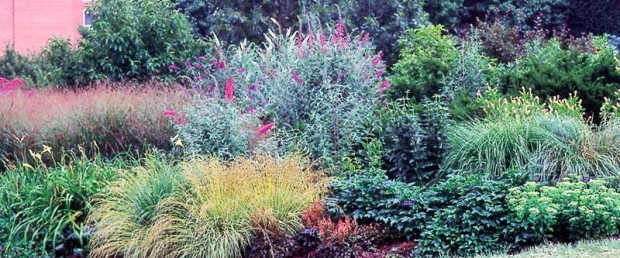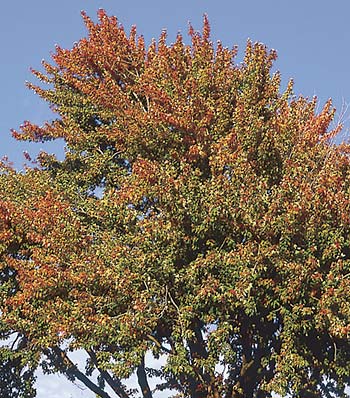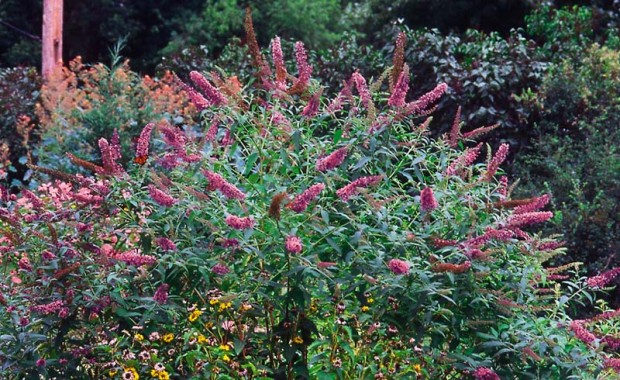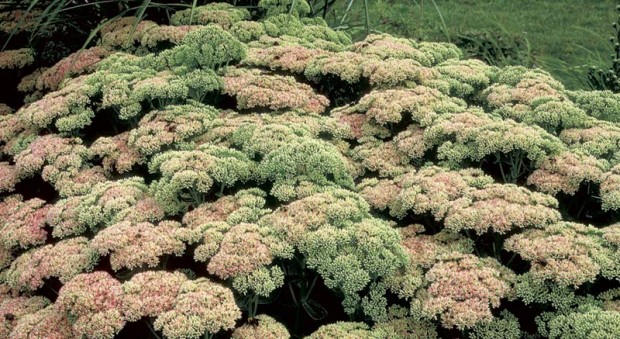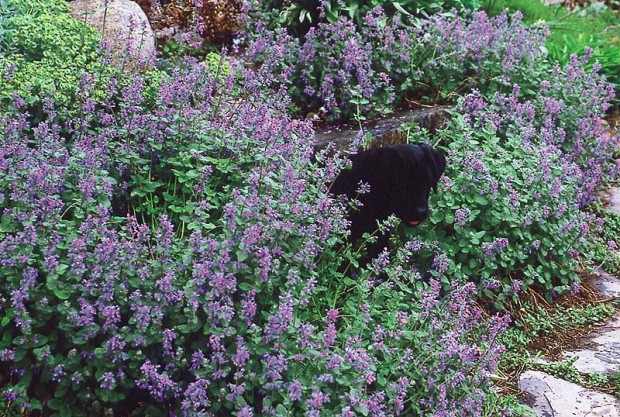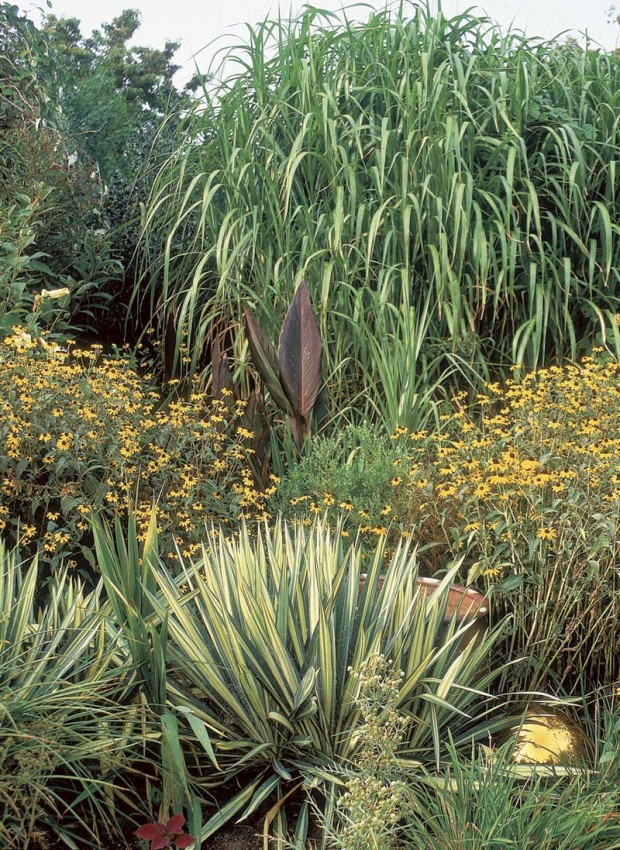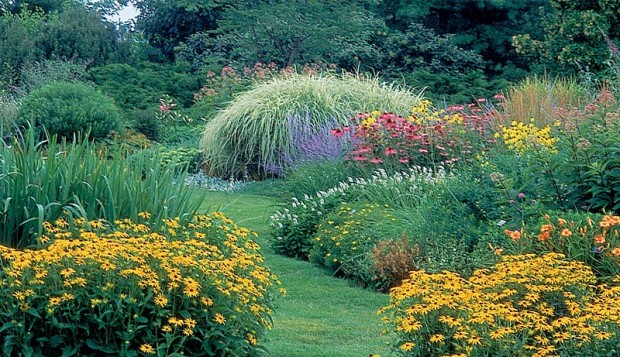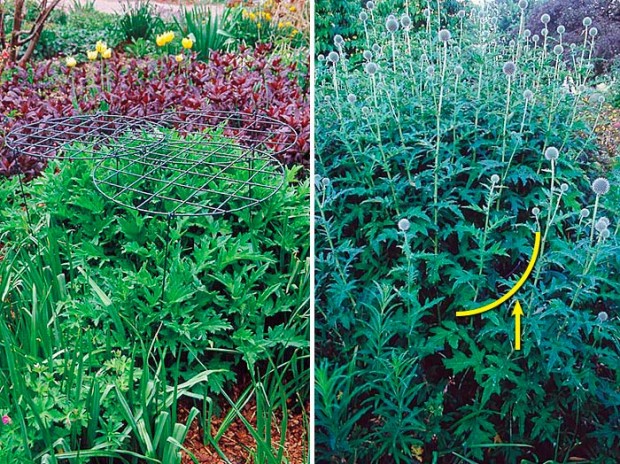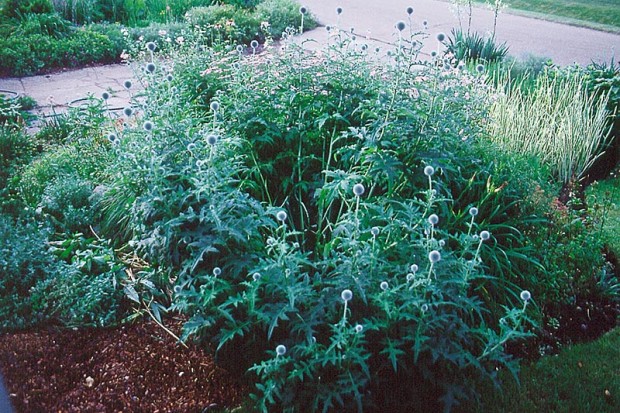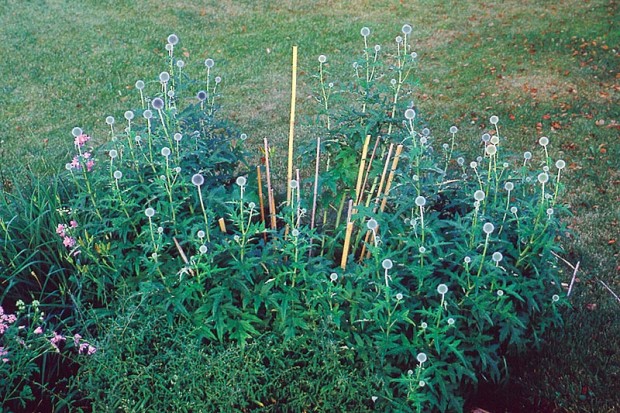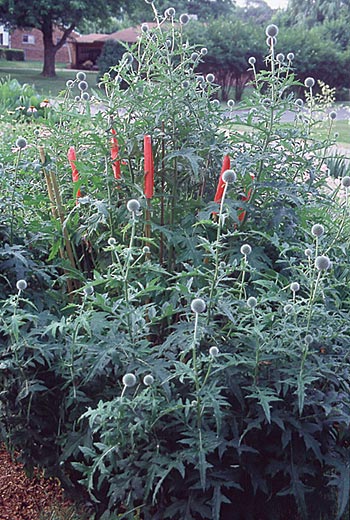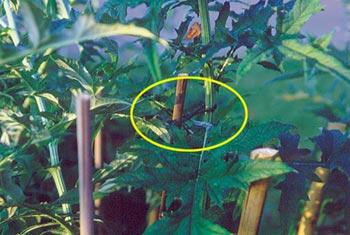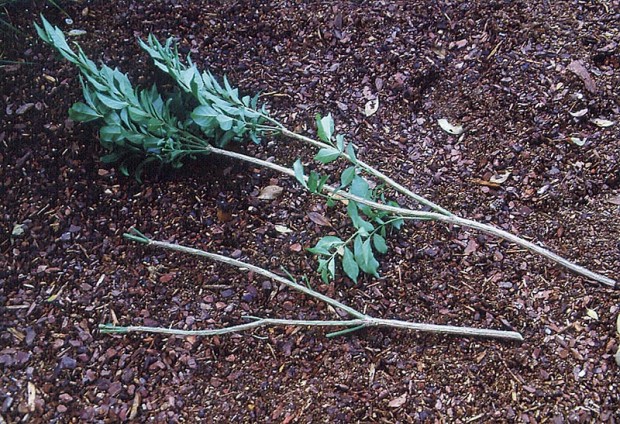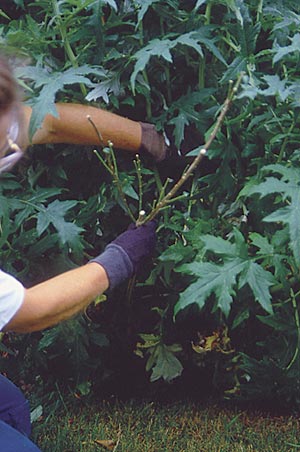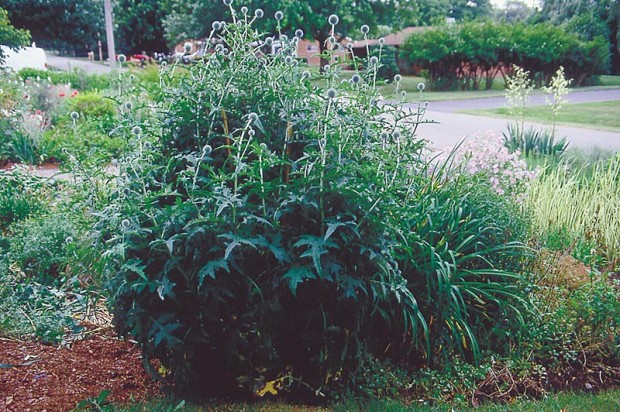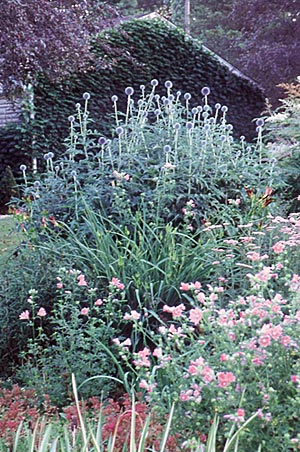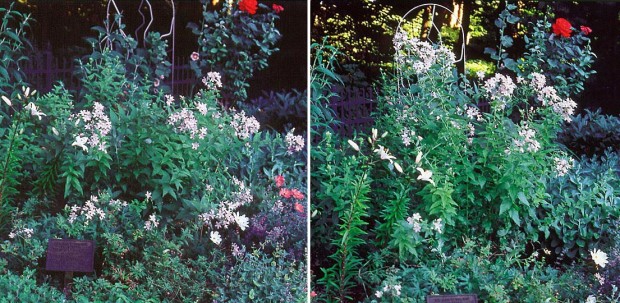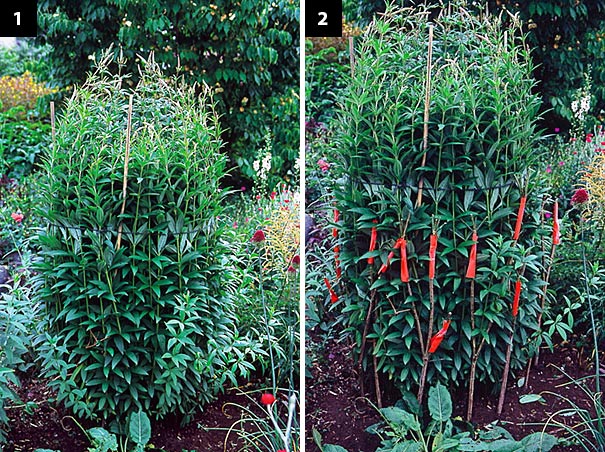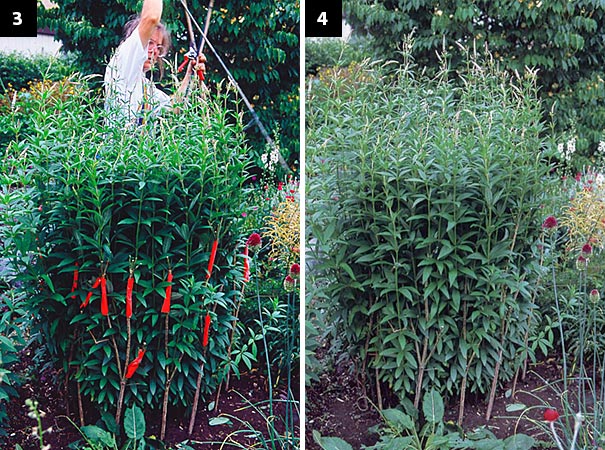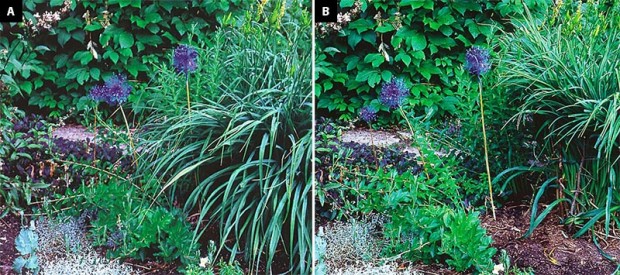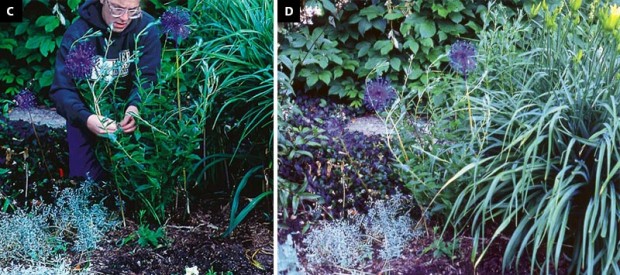I believe my most recent cucumber crop fell victim to downy mildew. My zucchini ended up with what looked to be the same stuff and the vines turned to mush. I have sandy loam soil in 8 x 8 raised beds. In fall, the beds are amended with shredded leaves and in the winter they get all our coffee grounds. I also have oyster shells sprinkled here and there for the tomato plants. Is there anything else I can do this spring to improve or pre-treat my garden soil in hopes of preventing this problem?
Downy mildew spores do not winter over in Michigan. Each year the spores blow north from southern areas, accounting for the late season appearance of downy mildew. When any plant falls victim to downy mildew, it is generally a combination of excess moisture, humidity, and not enough air circulation. Although your sandy loam soil drains nicely, it may drain too well, which increases your need to water. Besides rotating the placement of your crops every year in your raised bed, your cucumbers would benefit from a pyramid or A-frame trellis. This would raise them above the soil surface, allowing air to circulate and giving you cleaner, straighter cukes. Secondly, avoid watering overhead. Invest in a drip line that targets each plant’s root zone instead of spraying the entire bed. The best solution to a downy mildew problem is to choose and grow only genetically resistant plant varieties.
If your mildew problem is powdery mildew, which does winter over in the soil, combine the cultural practices above with the use of an organic fungicide made from bicarbonate of soda and summer horticultural oil. Too much of either one can be very damaging, so use an organic commercial product that has a proper formulation and is labeled for the particular plant you are going to treat.
Zucchini and cucumbers are nutrient hogs. Your application of organic compost and amendments is on the right track so long as it is cultivated well into the soil. The use of finely pulverized oyster shells adds lime and will increase the alkalinity of the soil, which in Michigan is normally not recommended (shells not finely ground have no effect). Keeping the moisture even is also very important, which is why a drip line is so effective. However, the best way to check your soil for the vegetables you want to grow is to get a soil test. The MSU Extension Service has soil testing kits available.

